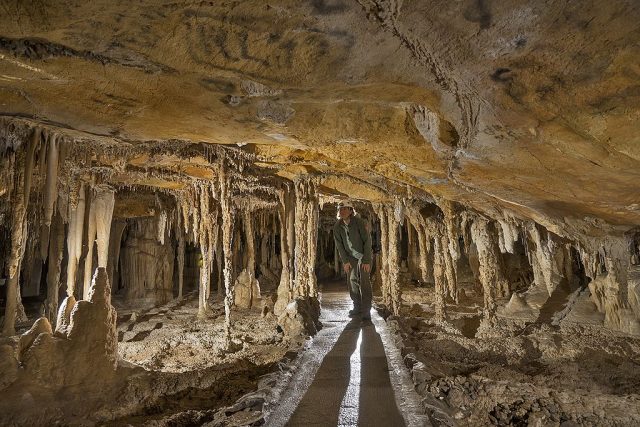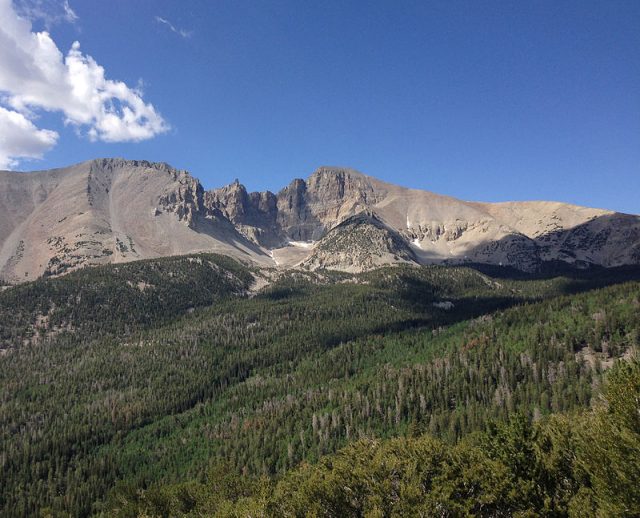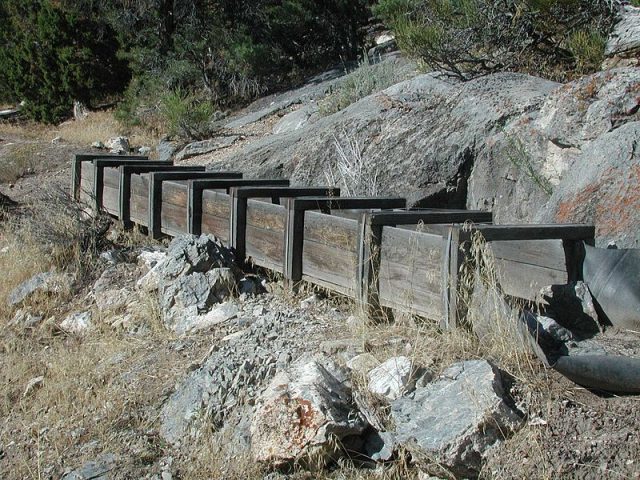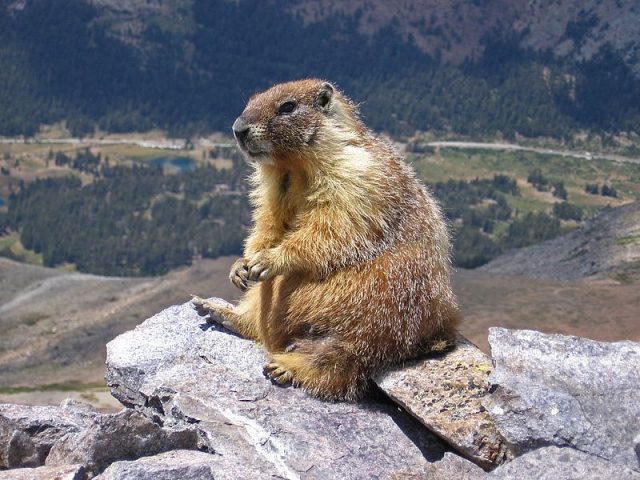Great Basin National Park – the jewel of Nevada
Great Basin National Park is located in east-central Nevada and was established in 1986. Its name comes from the dry and rocky area between the Sierra Nevada and Wasatch Mountains. If you thought that the Great Basin offers nothing but rocks and dry land, you’d be wrong. All of us who like to look beyond what’s in front of us can see a wonderland of animal and plant species in a process of constant change. Never judge a landscape before you’ve really explored it. You should know that Las Vegas is not the only attraction to be found between Utah and California. To prove this, add Great Basin National Park to your must-visit list. If you don’t get to see it, you’ll never know what you’re missing.
Great Basin National Park is a part of the Great Basin Desert which includes rivers and creeks that have no exit to the sea. It also includes the South Snake Range of mountains. The rivers that run through the basin form lakes, marshes, and mudflats that evaporate over time. During the ice age, the peaks of the Snake Range were eroded away, leaving behind canyon walls and U-shaped valleys.
The Lehman Cave

One of the most exciting things to visit in Great Basin National Park is the Lehman Cave. This prehistoric cave system dates back some 550 million years to the Cambrian period. The caves are made up of marble and limestone and include various stunning geological formations inside the caverns. The Lehman Caves are protected as a National Monument and are home to numerous insects such as spiders and crickets. There are chipmunks, bats, mice, and pack rats that come and visit the depths of Lehman Caves, too, but they don’t live here permanently.
The Wheeler Peak

The park includes a trail that takes you to Wheeler Peak Glacier which stands at 13,063 feet high. Wheeler Peak is the second tallest peak in Nevada and contains lots of minerals, limestone, sandstone, and marble. A walk to the glacier is a 4.6 miles round trip. The trailhead is easy to find – just get to the Wheeler Peak Scenic Drive and start climbing at an altitude of 9,800 feet. If you want to hike this trail, be careful as small rock slides may surprise you on the way. The maximum elevation you’ll reach is 10,900 feet.
The Lehman Orchard

In the 1930’s, Absalom Lehman, the discoverer of Lehman Caves, built an aqueduct around an orchard that had apricot, pear, peach, plum, and apple trees. Lehman’s orchard covered around 7 acres, and nowadays there are only a few apricot trees still standing. The orchard and the reconstructed part of the aqueduct are available for visitors inside the Great Basin National Park.
Weather
The Great Basin region has cold winters and hot summers, with occasional thunderstorms. Weather here can change quickly, especially in the high areas like Wheeler Peak. The Lehman Caves have a level of 90% humidity throughout the year, and the temperature inside is 50 °F.
Flora and Fauna
Great Basin National Park is rich in flora and fauna species, even though it first appears to be just a dry and rocky region with no life. There are 11 species of conifer trees and more than 800 plant species within the park. Here you can find sagebrush, saltbush, Single-leaf Pinyon, Utah Juniper, White Fir, Quaking Aspen, and Ponderosa Pine.

Mammals are represented by jackrabbits, pygmy rabbits, mountain cottontails, ground squirrels, chipmunks, pronghorns, coyotes, kit foxes, badgers, cougars, bobcats, marmots, rock squirrels, and mountain sheep, elk, mule deer, spotted skunks, shrew, ringtail cats, and ermine.
Great Basin National Park is one of the parks people always underestimate because they’ve never experienced the real beauty of it. The truth is that this park is the rare jewel of Nevada and if you’re anywhere near this summer, stop by for a few days and enjoy the majestic landscapes.
If you have any comments then please drop us a message on our Outdoor Revival Facebook page
If you have a good story to tell or blog let us know about it on our FB page, we’re also happy for article or review submissions, we’d love to hear from you.
We live in a beautiful world, get out there and enjoy it. Outdoor Revival – Reconnecting us all with the Outdoors.





